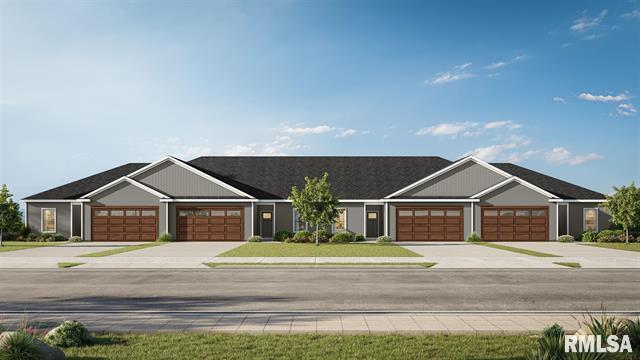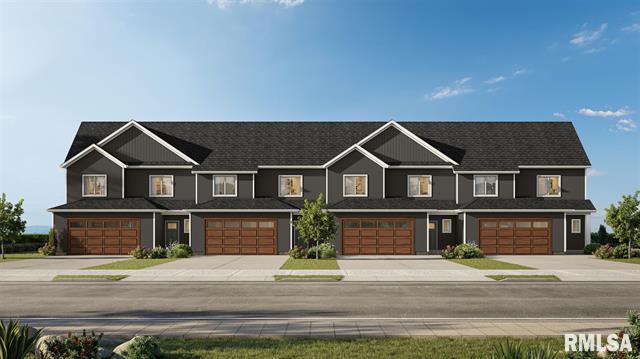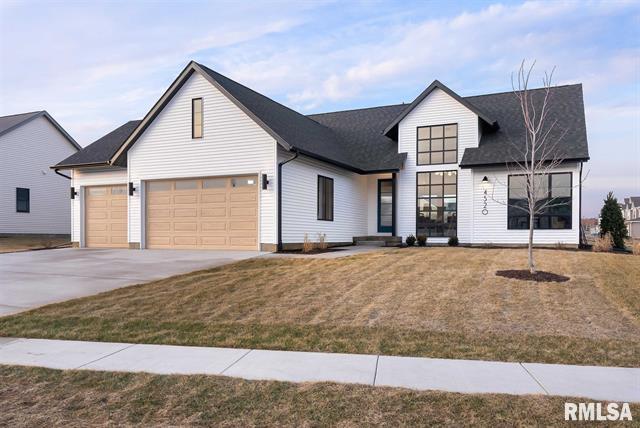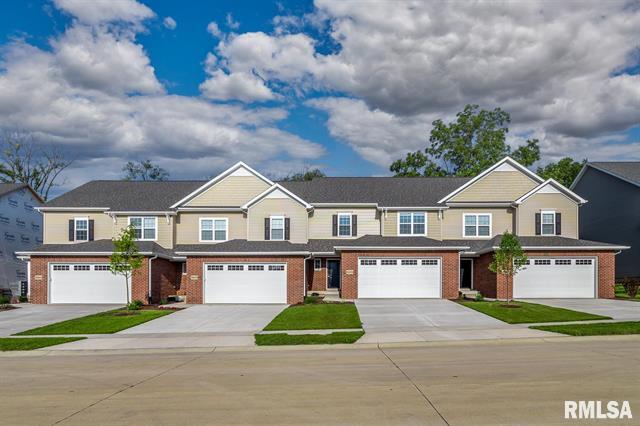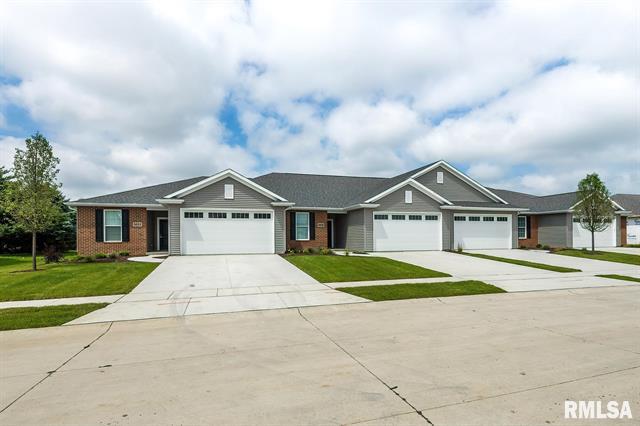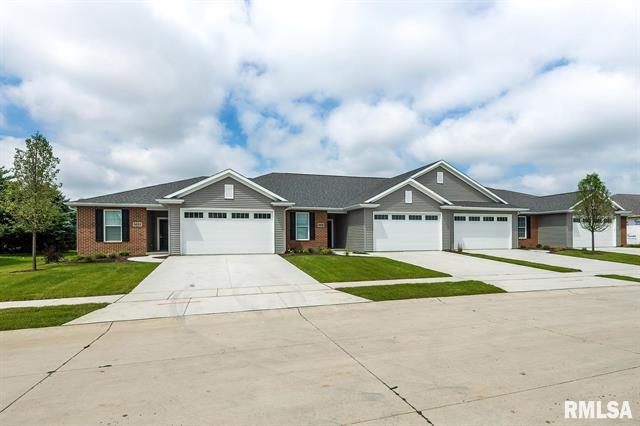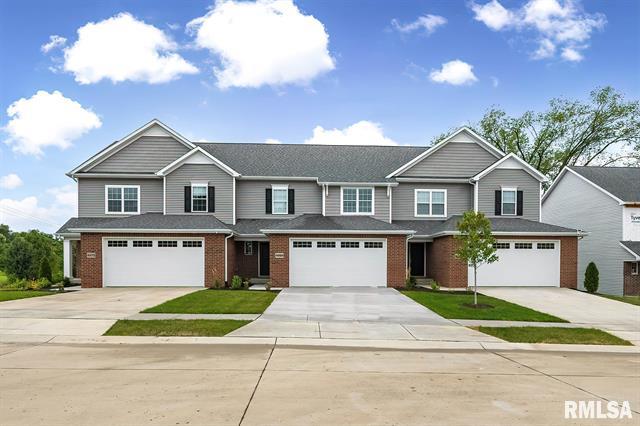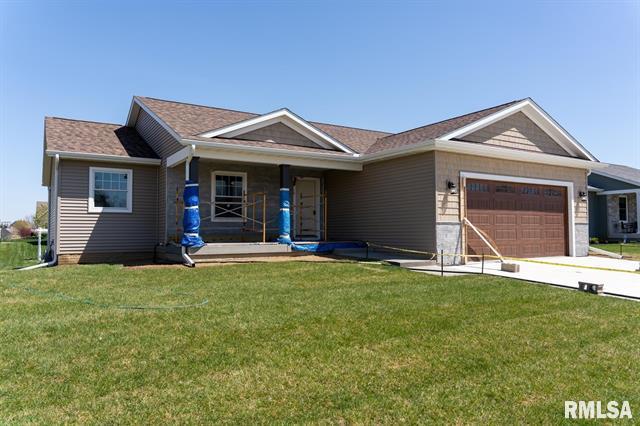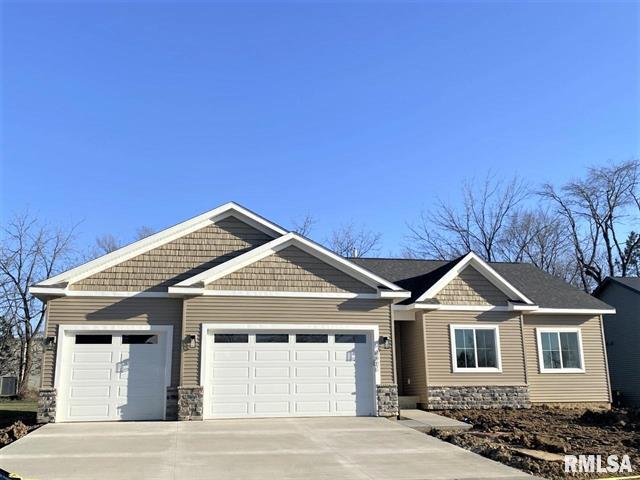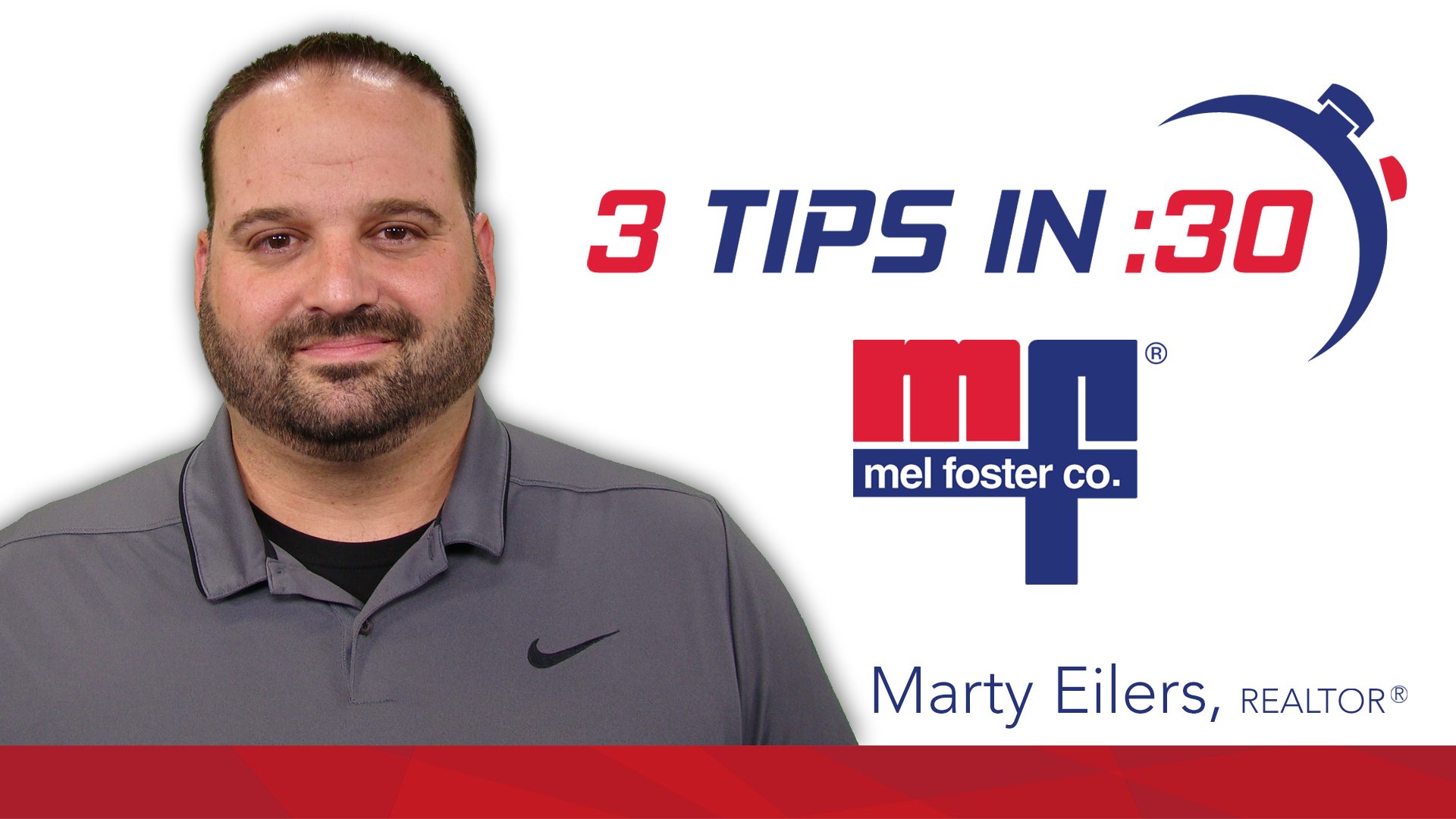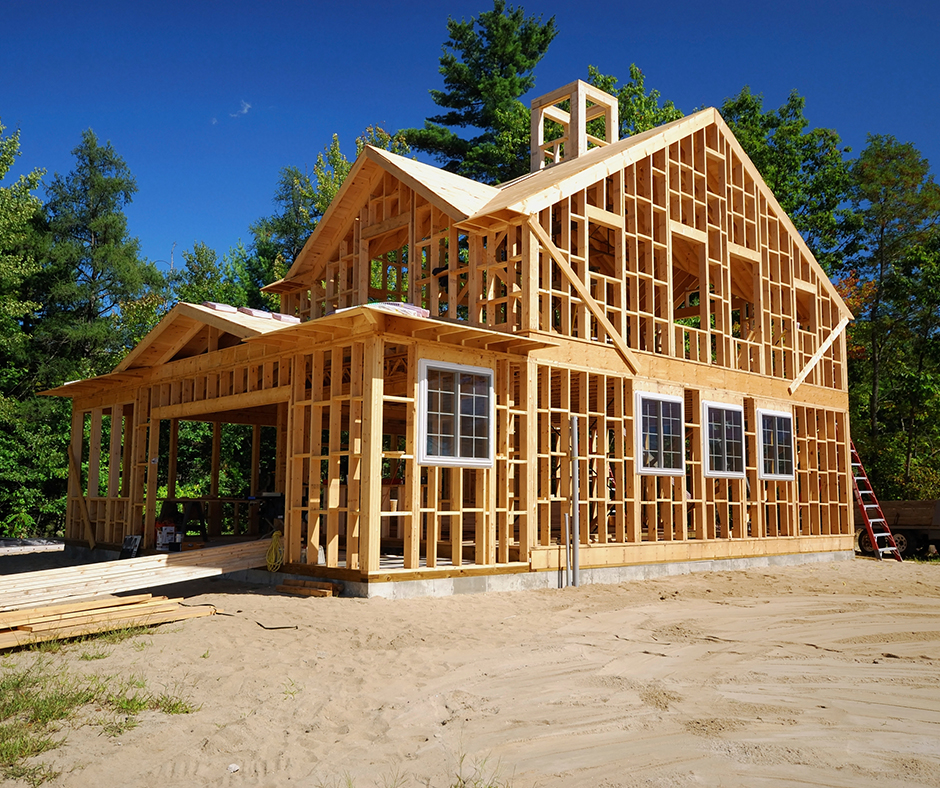You consider yourself a person who knows what you want. Others might label you picky or hard to please. If you’re not seeing your dream home on the market, maybe it’s time to consider new construction. Before you start searching for a lot, consider these factors to determine if new construction is the right option.
New subdivisions can pop up on the outskirts of town. Some new neighborhoods will be in a location a few minutes from town, which is ideal if you’re looking for a little serenity. Larger lots are typically available a little bit out of town where there is more room to spread out. A new build might be just the thing if you’re looking for a little space between you and your neighbors.
Building your own home is exciting and requires an open mind. Flexibility is key when building a new home as weather, delivery of materials and schedules of subcontractors can shift without a moment’s notice. By remaining positive and staying focused on the end result, building your home can be a thrilling adventure.
You have the opportunity to make all finishing choices. If you are not a decisive decision maker, building a home may not be for you. But imagine the possibilities of picking lighting fixtures, cabinet pulls, paint and carpet. The home you build is a blank canvas that you can customize to reflect your personality and lifestyle. Every decision is yours. If you have very specific ideas of what you want and enjoy the option of selecting every detail, you can create the home of your dreams from the ground up.
Remember to budget for the finishing touches. If you budget carefully and plan for additional costs for window treatments, landscaping, fencing, closet systems and exterior storage, you can customize your home and get the amenities you need.
Consider upgrades to increase your home’s value. Your real estate agent can help you determine where you can save and splurge with resale value in mind. As your home is being designed, consider what options you’d like to add that are beyond builder basics.
If you aren’t scared off by making decisions and can roll with the punches that come with a construction project, then new construction can give you the freedom to create a home you’ll love. Start the process by looking at Mel Foster Co. subdivisions and selecting a real estate agent. Mel Foster Co. represents over 40 subdivisions in eastern Iowa and western Illinois in urban and rural areas. Our Realtors® can guide you through the process to help you find a lot, builder and financing options that will make building a home a rewarding experience.
